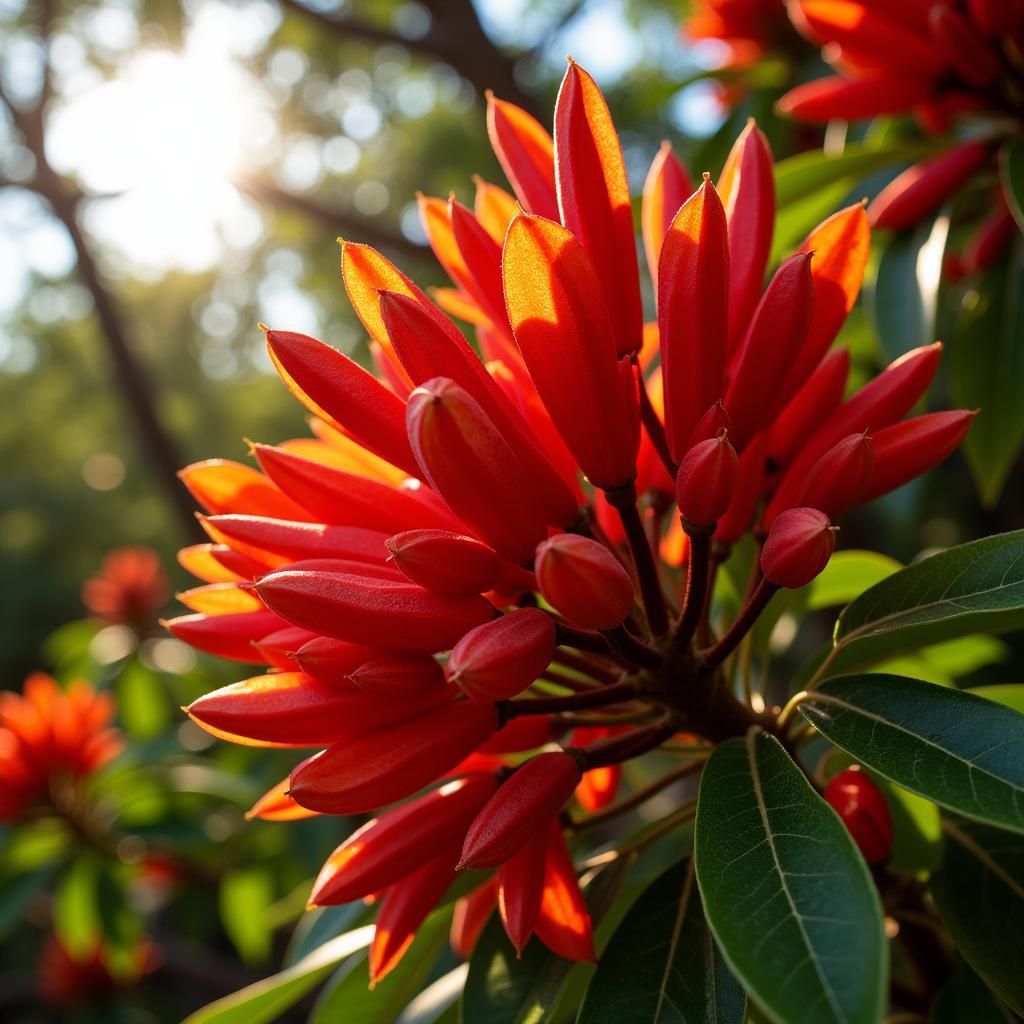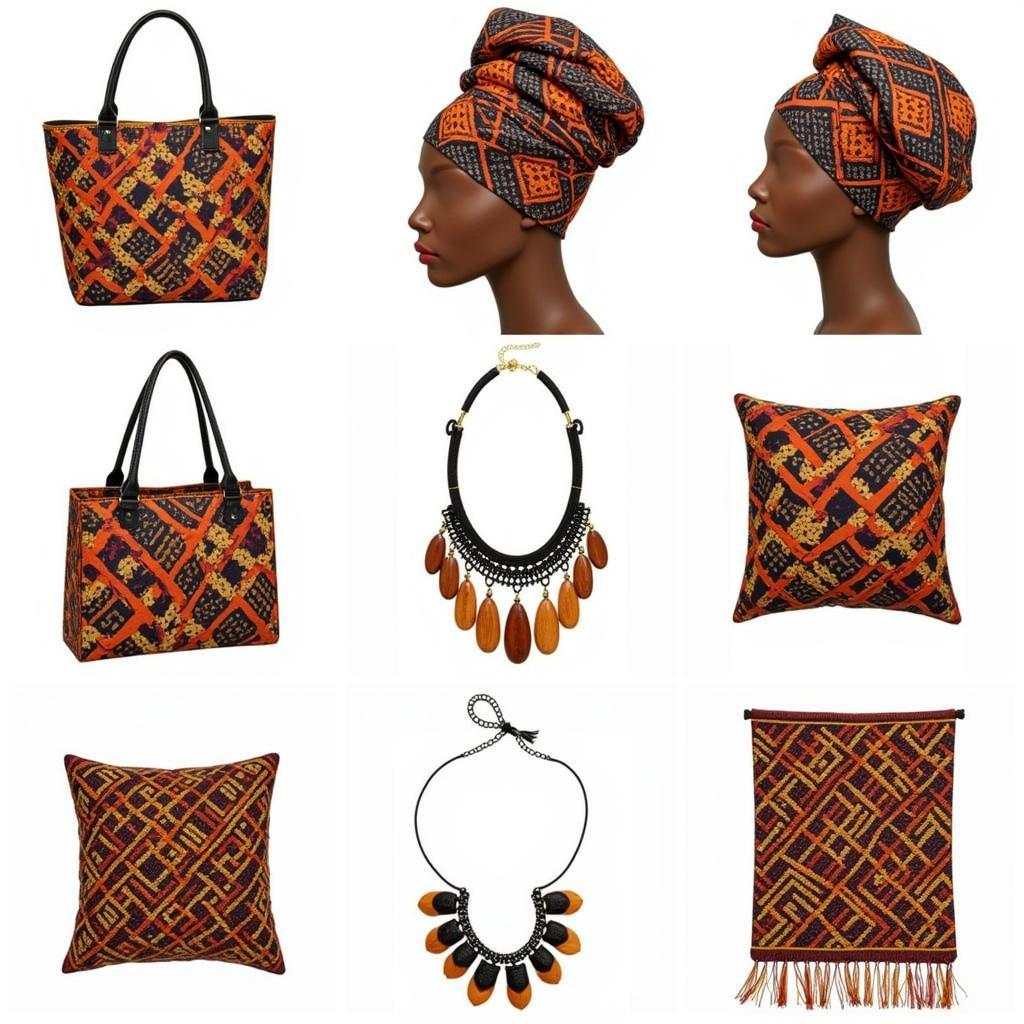African Guns: A Complex History and Lasting Impact
African Guns have played a multifaceted role in the continent’s history, shaping power dynamics, influencing conflicts, and leaving an enduring legacy on African societies. From the early arrival of firearms through trade to the modern-day challenges of small arms proliferation, the story of African guns is one of both innovation and devastation.
The Arrival of Firearms in Africa
The introduction of firearms to sub-Saharan Africa occurred gradually, primarily through trade with Arab merchants and European powers. While the exact timeline remains debated among historians, it’s widely accepted that guns began appearing in significant numbers during the 16th century. Portuguese traders brought matchlock muskets, which eventually found their way into the hands of African kingdoms and empires. This new technology quickly influenced warfare, trade, and power structures across the continent.
One notable example is the impact of guns on the transatlantic slave trade. The demand for firearms fueled the trade, as European powers exchanged weapons for enslaved Africans. This tragic cycle contributed to the destabilization of many African societies and facilitated the forced migration of millions of people.
African Gunsmithing Traditions
Contrary to common misconceptions, African communities did not solely rely on imported firearms. Skilled gunsmiths emerged across the continent, adapting and modifying existing designs to suit local needs and resources. They often incorporated intricate carvings and decorations, showcasing their craftsmanship and cultural aesthetics. These locally produced guns became symbols of status, power, and cultural identity.
In West Africa, for example, the Ashanti Empire developed a reputation for its skilled gunsmiths. They crafted highly sought-after muskets known for their accuracy and durability. Similarly, in East Africa, the Maasai people incorporated firearms into their warrior culture, adapting their traditional fighting techniques to incorporate the use of guns.
“African gunsmithing wasn’t merely about replicating European designs,” explains Dr. Kwame Asante, a historian specializing in African warfare. “It was about adapting technology to fit specific environments, resources, and cultural contexts. This often involved innovative modifications and the use of locally sourced materials.”
Guns and the Colonial Era
The colonial era saw a dramatic increase in the flow of firearms into Africa. European powers sought to solidify their control and exploit resources, often employing superior firepower to subdue resistance. The widespread availability of guns exacerbated existing tensions between communities and fueled conflicts over land, resources, and power. This period cemented the association of guns with violence and oppression in the minds of many Africans.
However, the narrative of African resistance during the colonial period also includes stories of communities effectively using firearms to defend their land and way of life. The Maji Maji Rebellion in German East Africa, for example, saw indigenous groups utilizing both traditional weapons and acquired firearms to fight against colonial rule.
The Legacy of Guns in Modern Africa
The legacy of African guns continues to shape the continent in the 21st century. The proliferation of small arms and light weapons (SALW) in the aftermath of the Cold War has fueled ongoing conflicts, increased crime rates, and hindered development efforts. Many African countries grapple with the challenges of controlling the flow of illegal weapons across their borders, while also addressing the root causes of armed violence.
Despite these challenges, efforts are underway to address the issue of gun violence and promote peace and stability. Numerous organizations work tirelessly to disarm communities, promote dialogue, and provide alternative livelihoods for those involved in the arms trade.
FAQs about African Guns
1. What were the earliest types of guns used in Africa?
The earliest guns introduced to Africa were primarily matchlock muskets brought by Arab and European traders.
2. Did Africans develop their own firearms?
Yes, skilled gunsmiths emerged across Africa, adapting existing designs and using local materials to create firearms.
3. How did colonialism impact the use of guns in Africa?
Colonial powers flooded the continent with weapons, exacerbating conflicts and solidifying their control.
4. What challenges do African countries face regarding guns today?
The proliferation of SALW fuels conflicts, crime, and instability, making it crucial to control illegal weapon flows.
5. What is being done to address gun violence in Africa?
Organizations are working to disarm communities, promote dialogue, and offer alternative livelihoods.
Need Help?
For further assistance regarding African culture, history, or any other inquiries, please contact us at:
Phone Number: +255768904061
Email: kaka.mag@gmail.com
Address: Mbarali DC Mawindi, Kangaga, Tanzania.
Our dedicated customer support team is available 24/7 to assist you. You can also find more articles on our website regarding other aspects of African Life.


